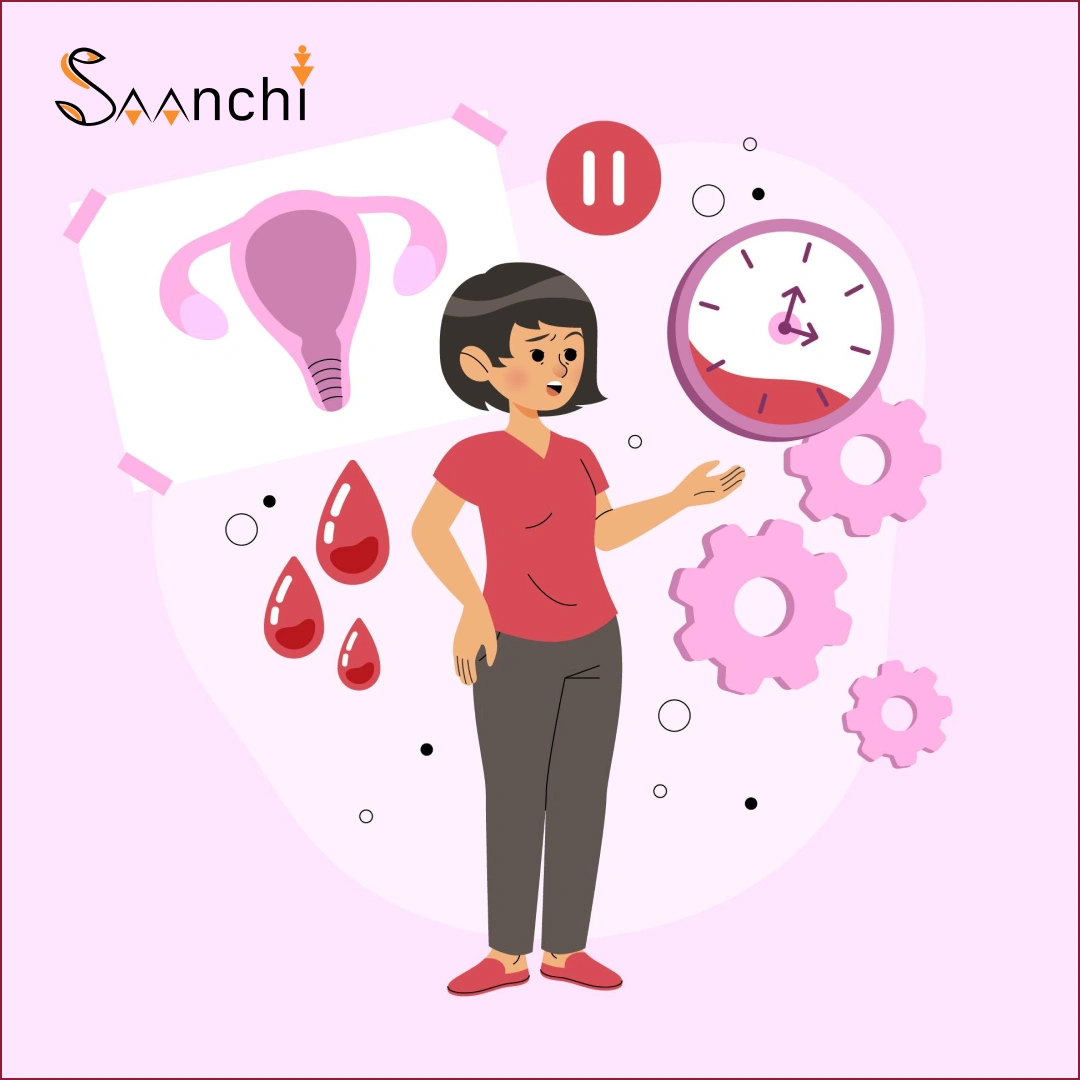Women’s reproductive health is influenced by a wide array of factors, including biological, medical, lifestyle, and environmental elements. Among these, the impact of environmental factors on women’s reproductive health has become a growing concern due to the increasing prevalence of pollutants, climate change, and other external stressors. This blog explores how environmental conditions affect reproductive health and provides practical advice for maintaining a healthy lifestyle in a changing world.
What Are the Key Environmental Factors Impacting Reproductive Health?
Environmental factors shape women’s reproductive health by influencing hormonal balance, fertility, and pregnancy outcomes. Let’s examine the primary environmental contributors:
- Chemical Exposure
- Endocrine Disruptors: Substances like BPA, phthalates, and pesticides interfere with hormonal functions, leading to fertility issues and increased risks of pregnancy complications.
- Industrial Chemicals: Long-term exposure to industrial pollutants can negatively impact ovarian health and hormone production.
- Air Pollution
- Prolonged exposure to polluted air has been linked to miscarriages, preterm births, and low birth weights.
- Airborne toxins such as nitrogen oxides and particulate matter affect both maternal and fetal health.
- Water Quality
- Contaminated water containing heavy metals, chemicals, or pathogens poses significant risks to reproductive health.
- Poor water quality increases the likelihood of infections and pregnancy complications.
- Climate Change
- Extreme weather conditions caused by climate change affect food security and increase stress levels, impacting hormonal balance and fertility.
- Heat stress during pregnancy raises risks for premature delivery and low birth weight.
- Radiation Exposure
- Exposure to radiation, whether from medical imaging or occupational hazards, can damage ovarian reserves and impact fertility.
- It also increases the risk of genetic abnormalities in offspring.
- Occupational Hazards
- Physical labor, prolonged standing, and exposure to industrial pollutants in certain jobs affect reproductive health.
- Women working in industries with unsafe working conditions may face fertility and pregnancy challenges.
- Microplastics
- Emerging research suggests microplastics may disrupt hormonal health and fertility.
- These tiny particles found in food, water, and air may accumulate in the body, affecting reproductive functions.
- Poor Sanitation
- Inadequate menstrual hygiene due to limited access to clean sanitation facilities can lead to infections and other reproductive issues.
How to Create a Healthy Environment for Reproductive Health
While some environmental factors are beyond individual control, there are actionable steps women can take to safeguard their reproductive health:
- Maintain a Healthy Diet
- Incorporate fruits, vegetables, whole grains, and lean proteins to support hormonal balance and fertility.
- Avoid processed foods high in toxins or additives that may affect hormonal health.
- Stay Physically Active
- Regular exercise improves circulation, reduces stress, and enhances overall reproductive health.
- Avoid overexertion, which may disrupt hormonal balance.
- Limit Exposure to Toxins
- Opt for BPA-free and phthalate-free products.
- Avoid excessive use of personal care items containing harmful chemicals.
- Minimize Pollution Exposure
- Use air purifiers and avoid areas with high air pollution levels.
- Drink filtered water to reduce exposure to contaminants.
- Ensure Proper Hygiene
- Practice good menstrual hygiene using clean, safe products.
- Maintain genital hygiene to prevent infections.
- Seek Regular Health Screenings
- Periodic check-ups with a gynecologist can help identify and address any reproductive health concerns early.
How Environmental Factors Influence Pregnancy Outcomes
Environmental factors don’t only affect fertility but also play a crucial role in pregnancy outcomes:
- Nutritional Deficiencies: Poor access to nutrient-rich food due to climate issues affects fetal growth.
- Stress from Environmental Changes: Prolonged exposure to stressors such as displacement due to natural disasters impacts maternal mental health.
Saanchi: Advocating for Women’s Reproductive Health
At Saanchi, we understand the vital connection between environmental factors and women’s reproductive health. Through education, awareness campaigns, and support services, we aim to empower women to take control of their health. Saanchi advocates for sustainable living practices and better healthcare access to create a healthier world for women and their families.
Conclusion
The impact of environmental factors on women’s reproductive health cannot be underestimated. By addressing issues like chemical exposure, pollution, and poor hygiene, women can protect their reproductive systems and improve overall well-being. With proactive measures and support from organizations like Saanchi, we can pave the way for a healthier future.


